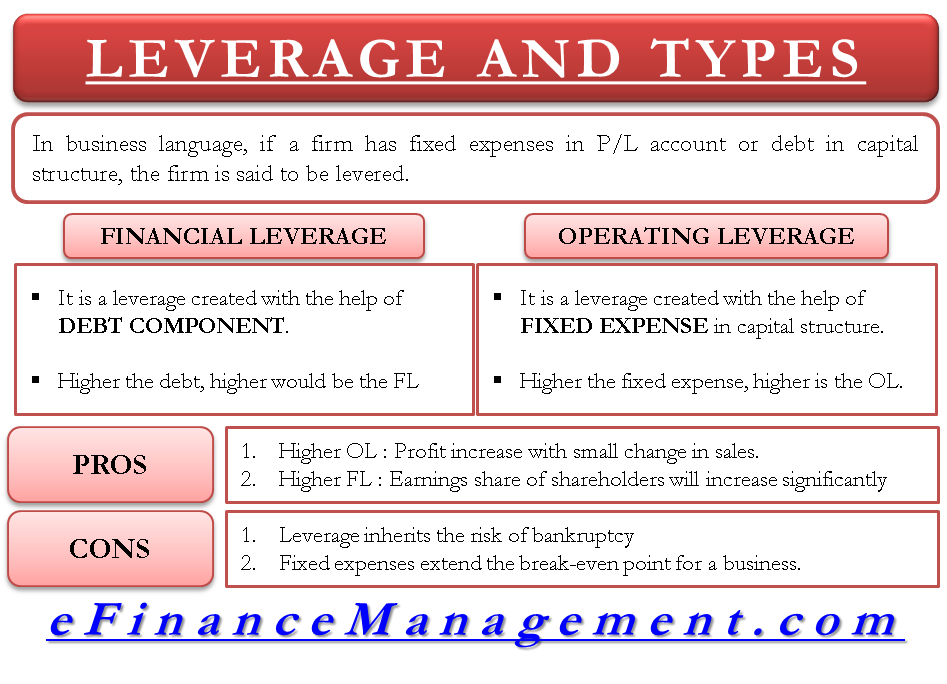In banking, ACH means Automated Clearing House, which is a network that coordinates electronic payments and automated cash transfers. ACH is a way to move cash in between banks without utilizing paper checks, wire transfers, credit card networks, or money. Referrals to ACH can imply a number of things, depending on where you see it. On statements or in your deal history, ACH means that an electronic payment has actually been made to or from your account using your monitoring account details - What is a consumer finance account. Typical examples of ACH transfers appear listed below. For any ACH transfer to move funds to or from your account, you should license those transfers and offer your bank account and routing numbers.
Other terms consist of e, Checks, EFT, or Car, Pay. Rather of composing a check or getting in a charge card number every time you pay, you can provide your bank account information and pay straight from your account. Sometimes, you manage when payment takes place (the funds just move when you request a payment). In other cases, your biller automatically pulls funds from your account when your expense is due, so you require to be sure you have funds offered in your account. Keep an eye on your accounts and when numerous payments go through, although payments are automatic.
There's no requirement to manually manage payments (on your part or the biller's). ACH is a "batch" processing system that deals with millions of payments at the end of the day. The network uses 2 central "clearing houses." All requests run through either The Federal Reserve or The Cleaning Home. This permits for effective matching and processing amongst many banks. You probably have more experience with ACH than you recognize. People and businesses use ACH for everyday transactions such as: Direct deposit of your salaries (from your employer to your bank account) Automatic payment of repeating bills such as energy costs, insurance premiums, and Homeowners Association (HOA) dues.

Payments from companies to vendors and providers Moving cash from your brick-and-mortar bank to your online bank As with any technology, using ACH means welcoming the advantages and disadvantages. Let's review those below. Pros Earn money quicker with an automated payment, and without waiting on a check to clear Automating bill payments to avoid late charges and missed payments Making online purchases without having to use a credit card or examine Decrease paper records that bring delicate banking details Earns money transfers simple with very little labor and expense Enables staff member payments without printing checks, stuffing envelopes or spending for postage Helps with regular consumer payments http://cashfdsa043.raidersfanteamshop.com/the-basic-principles-of-how-to-become-a-finance-manager without needing to transfer actual paper checks to the bank Has lower charges than credit card payments Electronic procedure makes supplier and provider payments easier and quicker, while keeping electronic records of all deals Automated deals might be less vulnerable to error than a manual month-to-month job Cons Business have direct access to your savings account Automobile payments are subtracted whether or not you have the funds in your account, which can set off overdraft charges Permits other companies to have a direct link to your checking account Clients can reverse their payments, although not as quickly similar to a charge card Need to keep an eye on the deals for scams, as service accounts have less securities than customer accounts Companies may need to purchase software application and purchase training to process ACH payments If you're an individual you may delight in: Earning money by your company rapidly, securely, and dependably.
Automating your payments, so you never forget to pay (and your payments get here on time) Making purchases online without utilizing a check or charge card. You pay rapidly and prevent credit card processing costs. Reducing the variety of pieces of paper drifting around with your bank account details. This helps reduce the chances of scams in your accounts. The main disadvantage for consumers is that establishing ACH supplies companies with direct access to your bank account. They take the money to pay your costs whether you're prepared to pay or not. If you're short on funds, you might prefer to pay a different method.
Rumored Buzz on What Does Mm Mean In Finance
For more details on how customers use ACH, read cancelling siriusxm online about setting up ACH debit. If you run a business you gain from: A low-priced, non-labor-intensive method to move money Paying staff members without the need to print checks or pay postage Getting customer payments easily, quickly, and regularlyno more cash-flow crunches based on when you can get to the bank Processing costs that are lower than credit card swipe fees Getting paid by vendorsor paying suppliersin a manner in which's safe and simple to track (there's an instant electronic record of every transaction) Organizations deal with the exact same issue as customers: There's a direct link to your monitoring account, and any errors or unanticipated withdrawals can cause issues.
That being stated, it's harder to reverse an ACH payment than it is to reverse a credit card payment. Businesses require to be specifically alert about monitoring for fraud. Customers enjoy a high degree of protection versus mistakes and fraud in their bank account, however service accounts do not get the exact same level of defense. If funds leave your account, it may be your duty to recover the funds (or take the loss). Finally, companies You can find out more may require to buy software application or invest time and resources into transitioning to ACH transfers. However, they'll more than likely recoup those expenses easily over the long run.
The ACH system is a network of computers that interact with each other to make payments take place. 2 sets of computer systems are at work for each payment: The side that produces a demand The side that satisfies the demand (assuming all goes well, which it usually does) Using direct deposit as an example, a company (through the employer's bank) develops a request to send out money to an employee's account. The company is referred to as the Producer, and the employer's bank is the Originating Depository Financial Organization (ODFI). That request goes to an ACH Operator, which is a clearinghouse that gets many demands throughout the day, and then routes the request to its location. How to owner finance a home.
ACH deals occur in two kinds: are payments to a receiver, such as earnings from your employer or Social Security advantages paid into your bank account. are requests to pull funds from an account (How to finance a home addition). For instance, direct payments take location when billers deduct utility bills automatically from your monitoring account. Currently, ACH transactions don't occur in real-time. Instead, banks use "batch processing" to process the whole day's worth of requests simultaneously. As an outcome, you don't make money right away after your company authorizes payment. Rather, the deal takes a couple of company days to move through the system. There are strategies to accelerate ACH payments, and same-day payments have already started for chosen deals.
